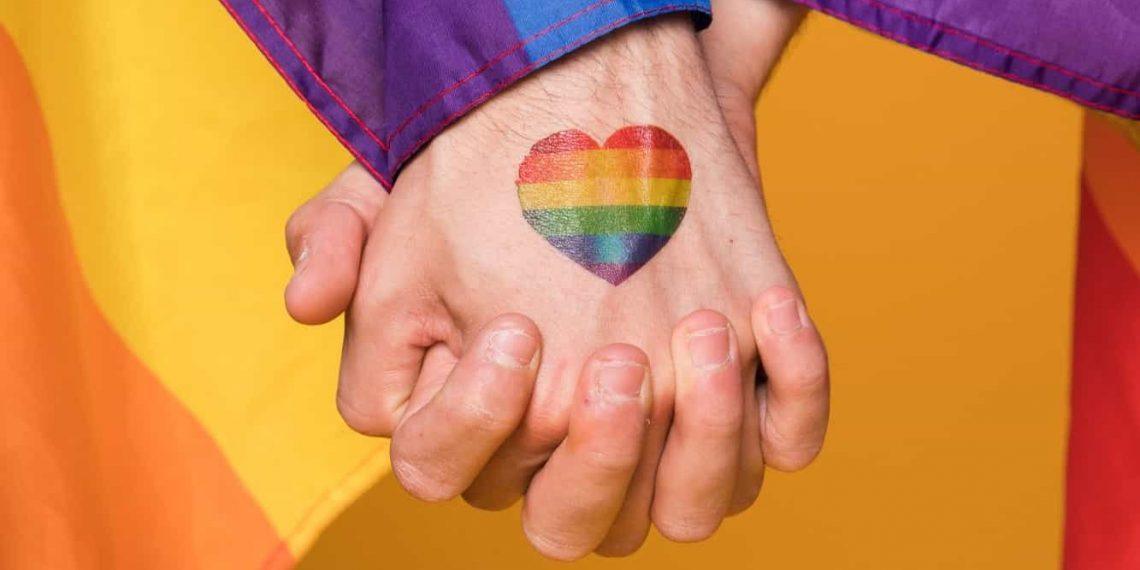What is pansexual? It’s a question that’s shaping conversations, challenging assumptions, and expanding the way we view human connection. What is pansexual isn’t just a trendy label—it’s a profound identity that recognizes love beyond traditional gender boundaries.
Let’s pull back the curtain and explore what pansexuality really means, why it matters, and how understanding it can change the way we view ourselves and others.
Contents
- What Does Pansexual Mean? A Simple Definition
- Why Pansexuality Matters in Today’s World
- 1. Pansexuality Is Not the Same as Bisexuality
- 2. Pansexual People Are Not Confused
- 3. Gender Diversity Is Central to Pansexual Identity
- 4. Pansexual People Face Unique Challenges
- 5. Emotional Connection Is Often Paramount
- 6. Pansexuality Can Exist Alongside Other Identities
- 7. Pansexual Visibility Is Growing, But More Work Is Needed
- Expert Tip: Focus on Listening and Supporting
- Practical Takeaways for Everyday Life
- Bottom Line
- FAQs
What Does Pansexual Mean? A Simple Definition
What is pansexual? In the most direct terms, pansexuality is the attraction to people regardless of their gender identity or biological sex. It’s about loving the person—not the gender.
Unlike sexual orientations that may have preferences tied to specific genders, pansexuality breaks those walls down entirely. Whether someone is male, female, transgender, non-binary, or gender-fluid, a pansexual person is open to emotional and physical connections across the full gender spectrum.
This openness isn’t just about romance—it’s a way of seeing people for who they truly are.
Why Pansexuality Matters in Today’s World
Understanding what is pansexual goes far beyond the dictionary definition. It’s about creating a more inclusive, compassionate society where people can love without constraints or expectations.
In a time when gender fluidity and self-expression are gaining recognition, pansexuality gives people permission to be themselves—fully and unapologetically.
As the LGBTQ+ community grows and diversifies, pansexuality plays a key role in breaking down outdated barriers. According to GLAAD, more young people today identify as pansexual compared to previous generations. This growing visibility is reshaping the landscape of love and identity.
(Source)
1. Pansexuality Is Not the Same as Bisexuality
It’s a common mix-up, but let’s get it straight. While bisexuality is often defined as attraction to more than one gender, what is pansexual goes further.
-
Bisexuality: Attraction to two or more genders.
-
Pansexuality: Attraction regardless of gender—gender isn’t even part of the equation.
The key difference? Pansexuality is gender-blind. The attraction is to the person’s soul, humor, kindness, energy—not their gender label.
2. Pansexual People Are Not Confused
There’s a harmful stereotype that pansexual individuals “just haven’t figured it out yet.” That’s flat-out wrong.
Knowing what is pansexual means understanding that it’s a valid, settled identity—not a phase or a stepping stone.
Just like heterosexuality or homosexuality, pansexuality is a core part of who someone is.
3. Gender Diversity Is Central to Pansexual Identity
Pansexual people often embrace and celebrate gender diversity. For them, gender isn’t a dividing line—it’s a beautiful, fluid part of the human experience.
When you understand what is pansexual, you realize that attraction can exist beyond the traditional male/female spectrum.
Gender-diverse identities like non-binary, genderqueer, and gender-fluid are fully embraced within pansexual attraction.
4. Pansexual People Face Unique Challenges
Although there’s growing awareness, pansexual individuals still face misunderstanding, discrimination, and sometimes invisibility—even within LGBTQ+ spaces.
Some people wrongly assume pansexuality is “too complicated” to understand, leading to isolation or dismissal.
This is why it’s essential to recognize what is pansexual and support pansexual visibility. Greater understanding creates safer, more accepting environments for everyone.
(Source)
5. Emotional Connection Is Often Paramount
Pansexuality isn’t about superficial attraction. Many pansexual people describe being drawn to someone’s personality, intelligence, or emotional energy first.
Understanding what is pansexual opens the door to seeing relationships from a different angle—where heart-to-heart connections can surpass physical attributes.
This emotional depth often leads to meaningful, fulfilling relationships that are centered on authentic connection.
6. Pansexuality Can Exist Alongside Other Identities
Pansexuality doesn’t live in isolation. Some pansexual individuals may also identify as queer, polyamorous, or gender-fluid themselves.
The beauty of what is pansexual lies in its flexibility—it welcomes complex identities without restriction.
Labels can be empowering, but they don’t have to be boxes.
7. Pansexual Visibility Is Growing, But More Work Is Needed
Celebrities like Janelle Monáe, Miley Cyrus, and Brendon Urie have helped bring pansexuality into mainstream conversations. Yet, misconceptions remain.
Visibility helps, but fully understanding what is pansexual requires more honest discussions at every level—from classrooms to boardrooms.
It’s about listening, learning, and respecting the validity of every identity.
Expert Tip: Focus on Listening and Supporting
If someone comes out to you as pansexual, the best response is simple: listen. Affirm their identity. Respect their boundaries.
Understanding what is pansexual means creating space for people to define themselves without judgment.
Practical Takeaways for Everyday Life
-
Don’t assume someone’s sexuality based on who they date.
-
Educate yourself using reputable resources like GLAAD and Healthline.
-
Challenge stereotypes when you hear them.
-
Support inclusive policies in schools, workplaces, and communities.
Recognizing what is pansexual in daily life can make a powerful difference.
Bottom Line
What is pansexual? It’s the freedom to love without limitations. It’s not confusion. It’s not a trend. It’s a deeply valid identity that challenges the outdated notion that love must follow gender lines.
Understanding pansexuality fosters acceptance, empathy, and a world where everyone can be seen and valued for who they truly are.
Let’s keep learning. Let’s keep growing.
FAQs
Is pansexuality the same as being attracted to everyone?
Not exactly. Pansexual people can be attracted to any gender, but that doesn’t mean they’re attracted to everyone. Just like anyone else, they have personal preferences and emotional connections.
How is pansexual different from omnisexual?
Both identities acknowledge attraction across genders, but pansexuality typically emphasizes gender-blindness, while omnisexuality may still acknowledge gender in attraction.
Can pansexual people be in monogamous relationships?
Absolutely. Pansexuality is about the capacity for attraction, not the number of partners.
Keep your mind open. The more you understand, the more you can embrace the richness of the human experience.
Get Your FREE Natural Health Guide!
Subscribe now and receive our exclusive ebook packed with natural health tips, practical wellness advice, and easy lifestyle changes — delivered straight to your inbox.














